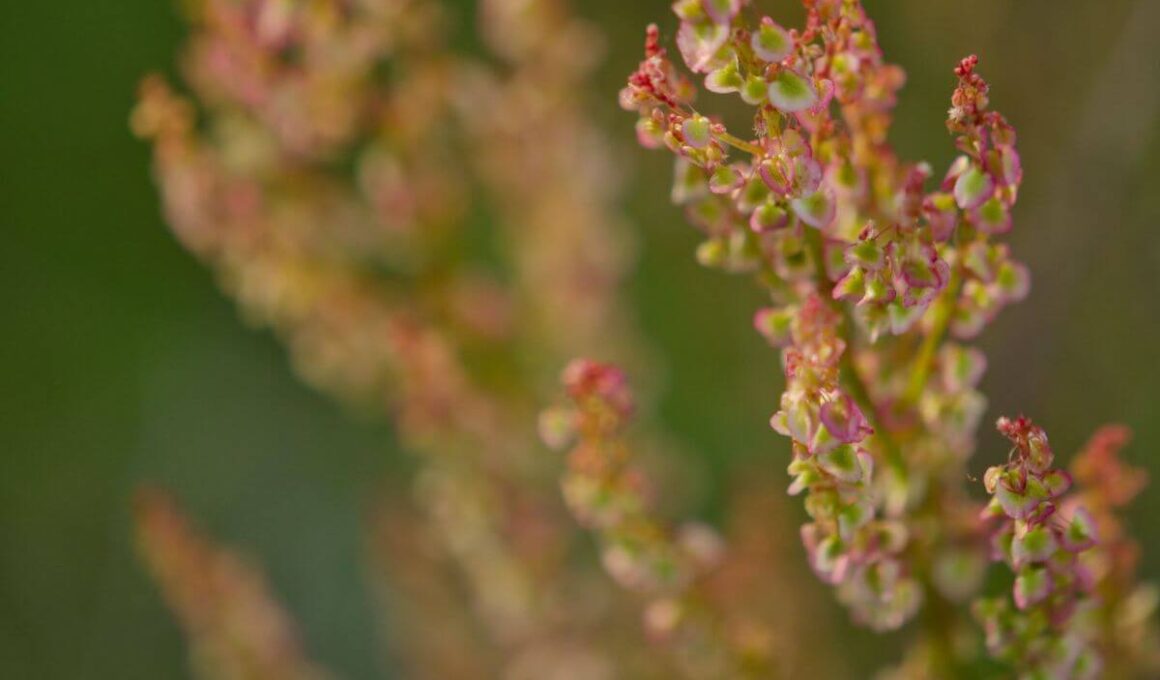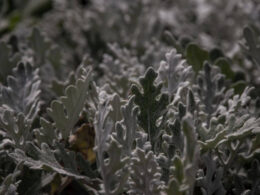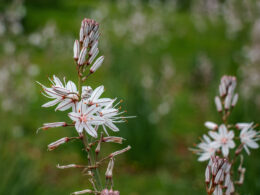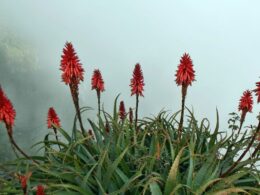What Is Sorrel? Types of Sorrel Plants
Sorrel is a hardy, leafy plant that is often used in salads or as a garnish. It has a sour, tangy flavor that is reminiscent of lemon. While most sorrels are weeds or cultivated for their culinary uses, some – like bloody dock (Rumex sanguineus) – have ornamental value and add interest to the garden. In general, sorrel flowers aren’t showy, and it’s mostly the foliage that’s valued.
Common sorrel (Rumex acetosa) is native to Europe and Asia, and has been cultivated for centuries. It’s a perennial in USDA zones 3-8. The plant has small, arrow-shaped leaves and grows to a height of about 1.6 feet. It can be grown in a garden, or in pots on a sunny balcony or windowsill. Other notable sorrel species are:
- Red sorrel (Rumex acetosella) – a plant with red-tinted stems and arrow-shaped leaves. It’s an aggressive weed in lawns, but it’s also used as a salad green. It contains oxalic acid, giving it a lemony flavor.
- Wood sorrel (Oxalis) – a genus of flowering plants that includes the common yellow sorrel (Oxalis acetosella) and the purple oxalis (Oxalis triangularis). These ornamental plants are also known as false shamrocks.
Sorrel flowers are relatively easy to care for, and will thrive in most soil types. However, they do require regular watering and should be fertilized every few weeks. With proper care, sorrel will provide an abundance of flavorful leaves from spring through fall.
When and Where to Plant Sorrel
If you’re looking to plant common sorrel for culinary use, it’s best to sow the seeds in spring, when the soil has warmed up. This plant prefers full sun, but will also do well in partial shade. Space the seeds about 6 inches apart and cover them lightly with soil. Keep it moderately moist until the seeds sprout. Once the sorrel plants have germinated, thin them out, so that they’re about 12 inches apart.
Bloody dock, or red-veined sorrel, is best planted in early spring, about 2-3 weeks before the last frost. Just like common sorrel, it grows best in full sun or partial shade. It’s a low-growing plant, so it can be planted in between other taller plants in the garden. Space the seeds 2 inches apart and keep the soil moist until they germinate.
For wood sorrel flowers and other oxalis species, plant the tubers in the fall. Place them about 2 inches deep in potting soil and water regularly. Once they sprout, transplant the seedlings, so that they’re 4-16 inches apart (depending on the species).
Caring For Rumex Acetosa (Common Sorrel)
Sorrel is relatively drought-tolerant, but it will benefit from regular watering during hot, dry periods. The soil should be kept moist, but not soggy. Water sorrel plants at the base of the plant, so that the leaves don’t get wet.
You don’t have to fertilize sorrel plants, as long as the soil is rich in organic matter. You can help the plants come back in spring by covering them with compost or well-rotted manure. Mulching over them will also help protect the plants from extreme temperatures.
Harvesting and Storing Sorrel
You can start harvesting sorrel leaves when the plants are about 6 inches tall. Cut the largest leaves with a sharp knife, being careful not to damage the plant. If you want to keep sorrel fresh for longer, store it in the fridge in a plastic bag. It will last for up to two weeks.
The edible sorrel leaves can be used fresh in salads or as a garnish. You can also add them to soups, stews, and sauces. To dry sorrel leaves, hang them upside down in a dark, well-ventilated room. Once they’re dry, store them in an airtight container. Dried sorrel leaves can be used in tea or as a seasoning.
And that’s it! Have you ever tried growing sorrel flowers? Share your stories in the comments below.



















